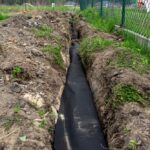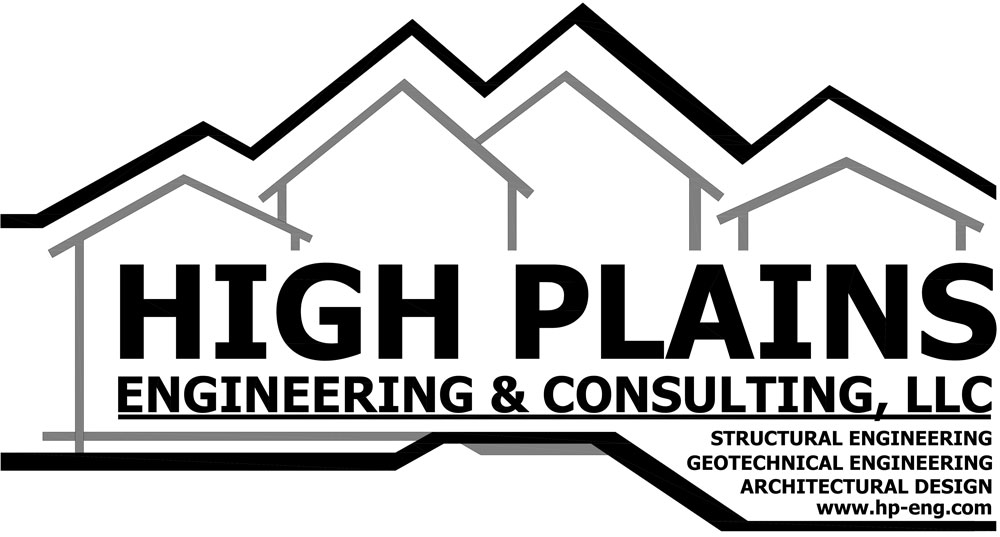
A site map is a critical document used in construction, architecture, and land development. It visually represents a piece of land, showing boundaries, features, utilities, structures, and plans for future development. For homeowners seeking permits, businesses planning new facilities, or developers preparing large projects, a site map provides the foundation for decision-making, regulatory approval, and execution. While many people hear the term “site map” in relation to websites, the physical site map in construction and land use is much older and remains essential. It connects the technical precision of a land survey with the broader vision of site planning. To... View Article

Residential drainage standards are essential for protecting properties, landscapes, and community infrastructure from the damaging effects of uncontrolled water flow. Every home site must be designed with proper stormwater management, lot grading, and erosion control in mind. Without these standards, homes may face flooded basements, unstable foundations, soil erosion, and damage to nearby ecosystems. Understanding how these requirements work and what a typical drainage plan for new construction involves can help homeowners and builders alike avoid costly issues while staying compliant with local codes. Understanding Residential Drainage Standards Residential drainage standards provide guidelines for how water should move across a... View Article

The Americans with Disabilities Act (ADA) has shaped the way architects, engineers, and builders approach projects across the United States for decades. The ADA Standards for Accessible Design ensure that buildings and facilities are usable by all, regardless of physical ability. Yet, compliance is not a one-time effort. Updates and revisions to these standards over the years mean that construction and renovation projects must be carefully assessed to ensure alignment with the most current requirements. The transition from the 2009 ADA guidelines to the 2017 updates is especially significant for professionals working in regions like Colorado, where building code enforcement... View Article

In the past few decades, the use of architectural glass has become one of the most defining features in modern building design. No longer confined to simple windows, glass today is central to the way we think about transparency, aesthetics, energy efficiency, and user experience. In cities like Denver, where the climate requires buildings to balance daylight access with thermal control, glazing choices are especially critical. Every building envelope relies on its glazing system to mediate the relationship between the indoors and outdoors, regulating not only views and natural light but also heat gain, glare, and energy consumption. The choice... View Article

In the world of architecture and construction, safety considerations go far beyond the aesthetic and functional elements of a building. Among the most critical components are those designed to manage and mitigate fire risks—namely firewalls, fire barriers, and fire partitions. While these elements often go unnoticed by the building’s occupants, they serve as essential defenses in protecting lives and limiting property damage during a fire. Understanding their distinctions, roles, and the regulations that govern them is vital for architects, contractors, and anyone involved in commercial fire protection. In this blog, we will explore the complexities and nuances of these building... View Article


 HPEC is an active member of CAGE
HPEC is an active member of CAGE



